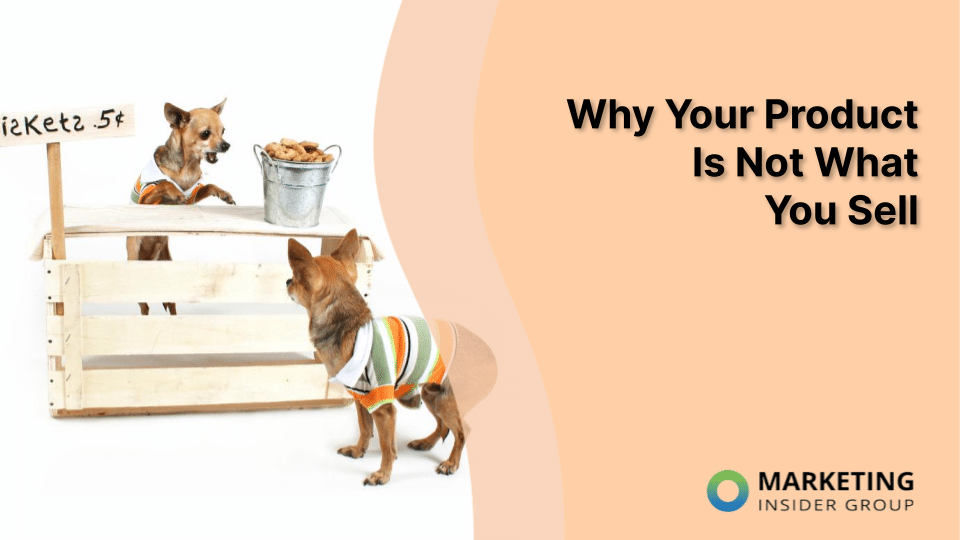
Why Your Product Is Not What You Sell
How does a playing card company end up becoming one of the world’s most enduringly popular video game makers? Or how does an online bookseller evolve into the most popular global marketplace?
Nintendo and Amazon understood the ageless principle that your product is not what you sell. If you’re struggling to get the revenue you desire or your marketing isn’t converting, you might be selling the wrong thing.
Find out why your product is not what you sell. Then discover how to sell the solutions to people’s needs and wants.
Key Takeaways:
- The key to successful selling is providing the core solutions to your target audience’s challenges and problems.
- Nintendo, GoPro, and Amazon are great examples of selling solutions, while Kodak, Blockbuster, and Blackberry are cautionary tales.
- Sell solutions by finding customer pain points, empathizing with them, sharing excellent problem-solving content, and using smart CTAs.
The Reasoning Behind Why Your Product Is Not What You Sell
A lot of marketing is practical psychology. When you know what makes people tick, you become a more effective seller and marketer.
Every human action springs from responding to a perceived need or desire, so start by understanding basic human needs. Psychologist Abraham Maslow classified these needs into five categories that you can see in the graph below:
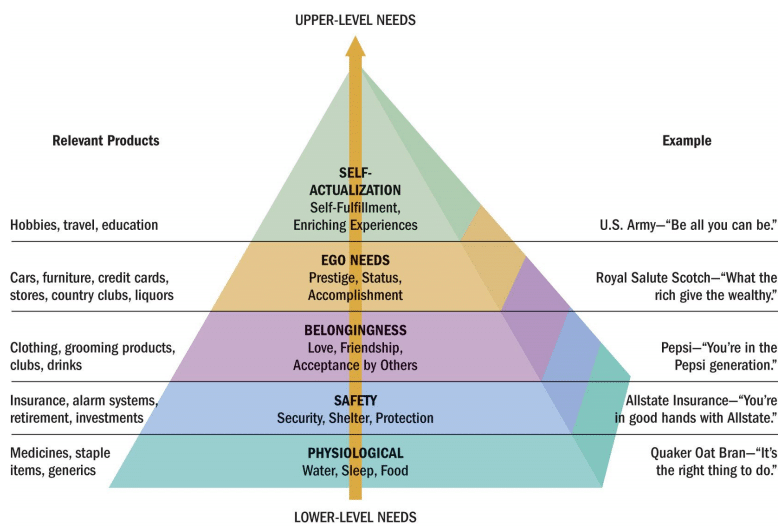
Anything you sell should fulfill a fundamental need. Even supposed wants, like entertainment and hobbies, actually satisfy the need for self-actualization (expressing ourselves as individuals).
When people feel like you have the practical answer to a problem or desire, they’ll readily buy that solution. So, at its core, your product is not what you sell, but you’re providing a solution to a necessity or want.
For example, Pepsi is offering even more than quenching thirst. The cola company also sells a youthful lifestyle and inclusivity as its brand story.
This information probably reminds you of the decades-old practice of solution selling. But isn’t solution selling dead?
Examples of Successful Solution Selling
Rumors of solution selling’s demise were premature. While aspects of the old model have changed, you’re still only ever filling someone’s need with a solution.
For example, insight selling came along to replace solution selling. However, a closer look shows that it’s really just an updated version of the previous format:

For a simpler variation, you might like this breakdown of SPIN selling:
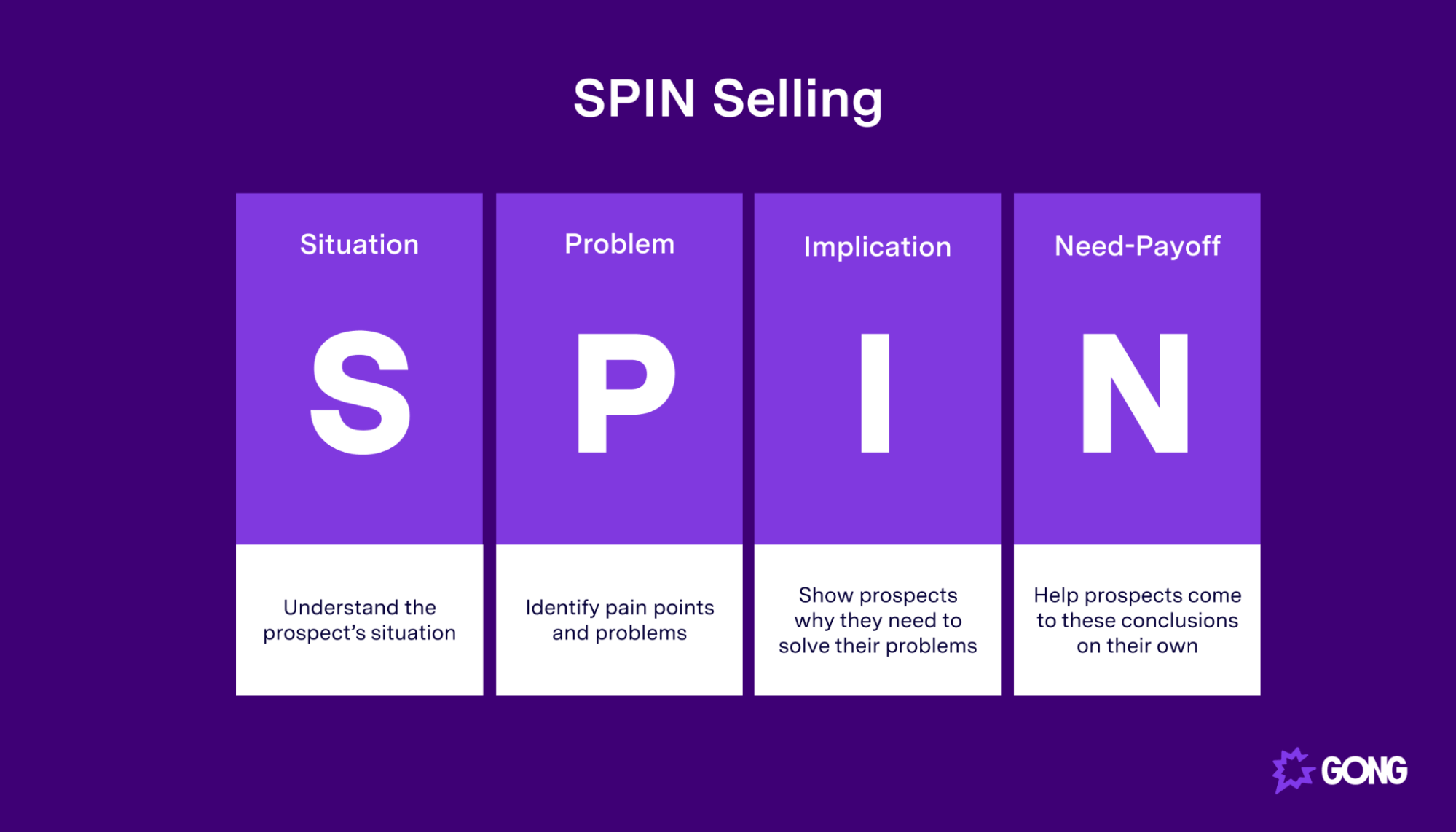
Whether you call it insight selling, SPIN selling, or something else, your product is not what you sell. You have to sell a solution; just adapt it to the times.
How You Can Screw It Up
Kodak whiffed majorly by not using its market dominance to keep up with the times and digital photography. (You could say similar things about Blockbuster, MySpace, and Blackberry.)
Funnily enough, Kodak actually invented the first digital camera. However, the company’s downfall stemmed from its focus on its product rather than the experience its product enabled.
Originally, Kodak had it right. Its “Kodak Moments” was a genius marketing term for the memories people could only capture because of Kodak’s film.
Ultimately, Kodak took the nearsighted view that it was in the film business instead of the memories business. It shifted its marketing message away from enabling experiences and toward preaching the quality of its film.
Kodak lost sight of the fact that your product is not what you sell. Had Kodak not married itself so much to its belief in the strength of film and focused on people’s need for enriching experiences, we’d likely see a different company today.
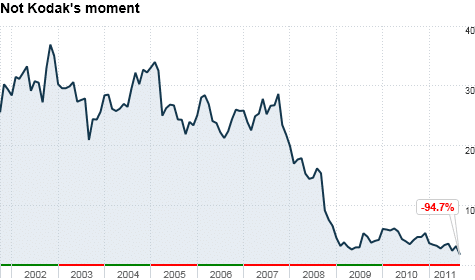
Businesses That Got It Right
In contrast with Kodak, GoPro gets that your product is not what you sell. The word camera appears infrequently on their website body.
Instead, they talk about capturing and sharing experiences. The brand’s message is, “The world’s most versatile cameras are what we make. Enabling you to share your life through incredible photos and videos is what we do.”
Shared user content naturally gives them the opportunity to let active people know how they can get the same shot with GoPro equipment.
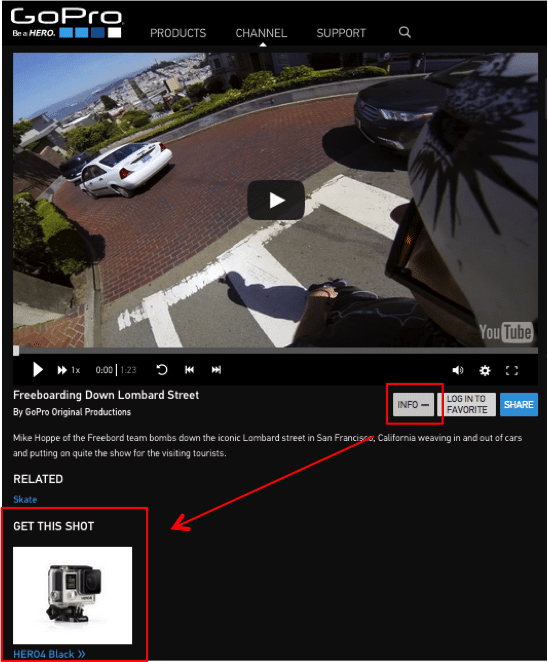
For many major companies, their products are not what you think they are. Consider:
- Uber, the world’s largest taxi company, owns no vehicles.
- Facebook, the world’s most popular media owner, creates no content.
- Alibaba, the most valuable retailer, has no inventory.
- Airbnb, one of the largest accommodation providers, owns no real estate.
Each brand is offering something deeper to its client base, and so can you.
If you focus on the thing you sell like Kodak did, someone will inevitably displace you. You can only succeed when you fulfill needs, adapt to the times, and understand that your product is not what you sell.
5 Tips for How To Sell Solutions the Right Way
The web allows people to come to the sales table with a wealth of knowledge. Use that to your advantage with content that presents solutions and converts with these five tips.
(Marc Wayshak of Sales Insights Lab provides helpful suggestions for sales calls:)
- Do research to find pain points that you are in a unique position to solve for your target audience.
- Isolate similarities and differences between you and your competitors to be able to differentiate yourself.
- Empathize with your target audience with words and lingo they can easily understand.
- Give away solutions for free through thought leadership in content and speaking engagements that prove your expertise and commitment.
- Optimize calls to action that point to you as the clear solution to your audience’s problem.
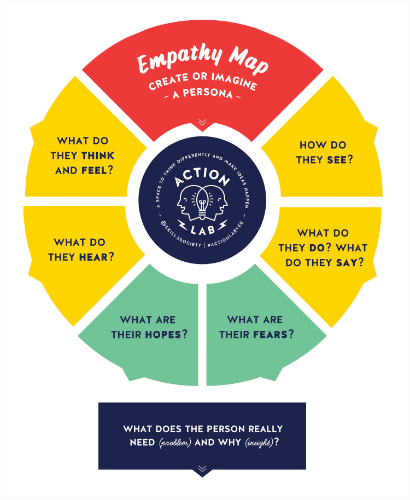
Going deeper than products to understand, empathize with, and resolve your audience’s needs leads to stronger relationships and eventually more sales. We’ve seen it firsthand at MIG.
For example, our content and testimonials don’t dig so much into how well-written our articles are. Instead, you’ll find more about brand elevation, increases in traffic and leads, and higher rankings – the things our clients care about.
It’s all simply because we know that “your product is not what you sell.”
Work With Marketing Pros Who Understand That Your Product Is Not What You Sell
When your product is not what you sell, you have to rely on great content marketing. So, how do you find the time to create posts that accomplish that goal?
At MIG, we can help you produce outstanding content. Let’s chat about how our Content Builder Services help you sell more than your product.

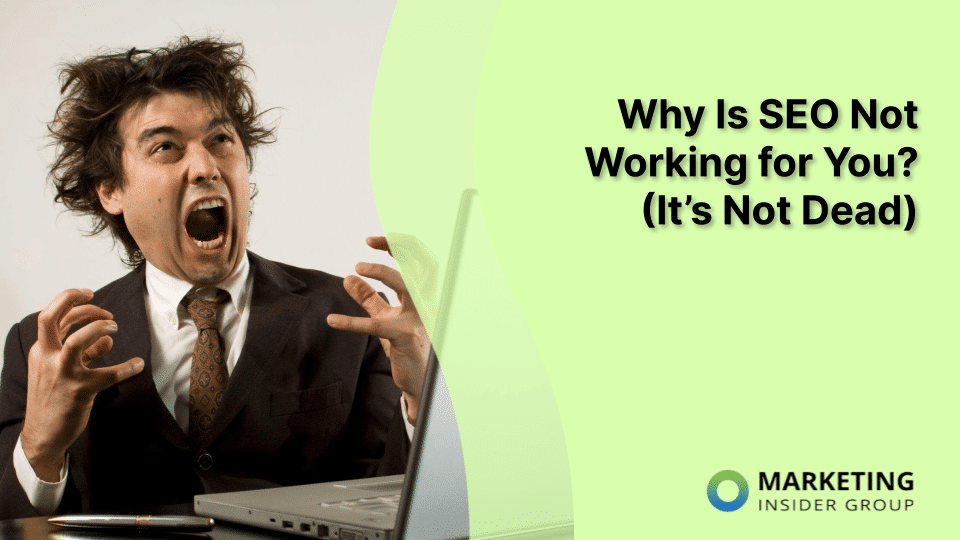
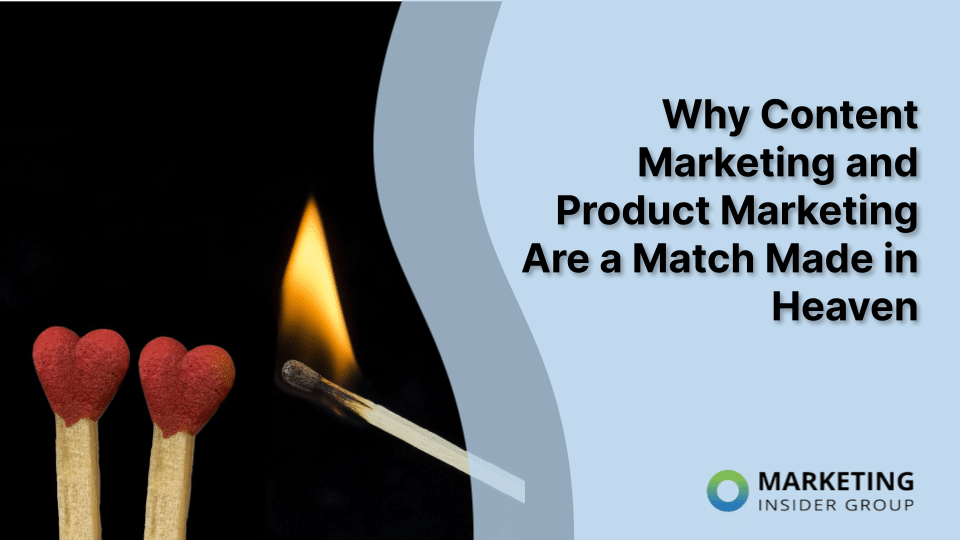
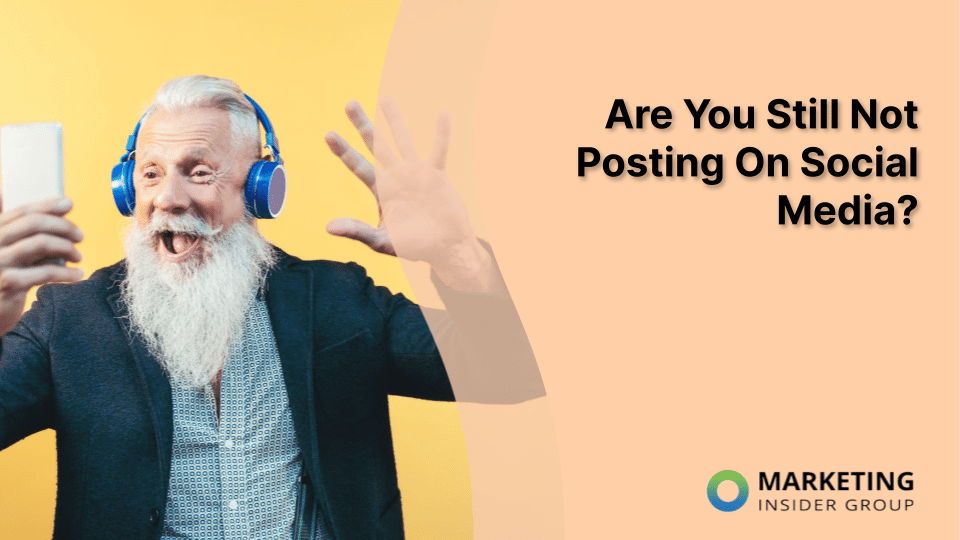



It’s very interesting how you put things into perspective by mentioning companies like Uber and Facebook. The experience a product enables is so important.
Thanks Caroline. The best example might be Apple who does so very little advertising at all which is really surprising for a consumer technology product company. And when they do advertise, it’s really more about why you buy Apple (great design, everyone loves it, user experience.)
I’m so glad you liked the article. This is such an important message!